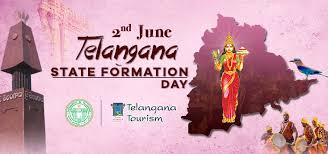fairy tales
fairy tales

It tells the story of a kind young woman who is mistreated by her stepmother and stepsisters but eventually finds happiness with the help of a fairy godmother and a lost glass slipper. It’s one of the most well-known fairy tales worldwide, with many versions across different cultures.
The “13th fairy story” typically refers to the fairy tale of “Sleeping Beauty,” especially in versions like the one by the Brothers Grimm, titled “Little Briar Rose.”

In this story, 13 fairies are invited to the celebration of the princess’s birth, but only 12 golden plates are available, so the 13th fairy is not invited. Angry at being excluded, she shows up anyway and curses the princess to prick her finger on a spindle and die. Fortunately, the 12th fairy softens the curse so the princess will fall into a deep sleep instead, only to be awakened by a prince.
So, the “13th fairy” is the one who brings the curse — a pivotal figure in the tale. The number 13 is symbolic here, often associated with bad luck or ominous events in folklore
 .
.
An English fairy tale is a traditional story from England, often passed down orally, that features magical elements, mythical creatures, or moral lessons. These tales are part of England’s rich folklore heritage and often reflect the culture and values of the time.
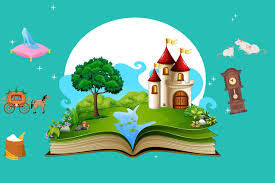
Famous English Fairy Tales include:
- Jack and the Beanstalk

- – A poor boy trades his cow for magic beans, which grow into a giant beanstalk leading to a giant’s castle in the sky.
- The Three Little Pigs fairy tales
– Three pigs build houses out of straw, sticks, and bricks, and a big bad wolf tries to blow them down.
- The Tale of Dick Whittington and His Cat fairy tales
– Based on a real person, this story tells of a poor boy who becomes Lord Mayor of London thanks to his clever cat.
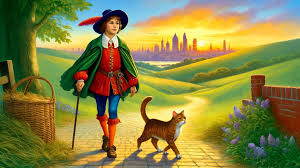
Key facts about it: fairy tales
- Estimated age: Over 6,000 years old (traced back to the Bronze Age, around 4000–6000 years ago).
Key facts about Rapunzel:
- Origin: Most famously collected and published by the Brothers Grimm in 1812.
- Source: The Grimm version was based on earlier stories, especially one by Giambattista Basile (Italy, 1634) and Charlotte-Rose de Caumont de La Force (France, 1698).

Summary:
fairy tales A prince eventually discovers her and calls out the famous line:
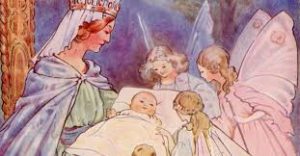
fairy tales “Rapunzel, Rapunzel, let down your hair!”
They fall in love, and after hardship and separation, they are reunited and live happily ever after.
- Origin: It likely predates written language and was passed down orally.
- Reconstructed by scholars: In 2016, researchers using phylogenetic methods (similar to evolutionary trees in biology) traced the tale’s roots across Indo-European languages.
Summary of the tale:
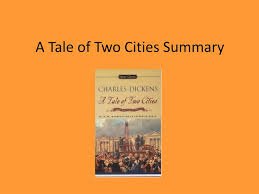


In “The Smith and the Devil,” a blacksmith makes a pact with a devil (or evil spirit) to gain supernatural powers or wealth. Later, he tricks the devil to escape the terms of the deal — usually by trapping him in a tree or using cleverness to get out of the bargain.
fairy tales Key facts about Rapunzel:
- Origin: Most famously collected and published by the Brothers Grimm in 1812.
- Source: The Grimm version was based on earlier stories, especially one by Giambattista Basile (Italy, 1634) and Charlotte-Rose de Caumont de La Force (France, 1698).
- Type of tale: European folktale and fairy tale, categorized under ATU 310 (“The Maiden in the Tower”) in the Aarne–Thompson–Uther tale type index.
fairy tales Summary:
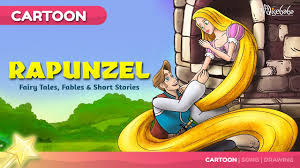
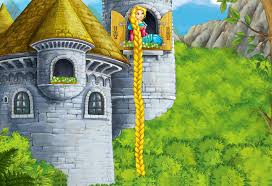
Rapunzel is a girl with extraordinarily long hair, imprisoned in a tower by a wicked enchantress. A prince eventually discovers her and calls out the famous line:
“Rapunzel, Rapunzel, let down your hair!”


